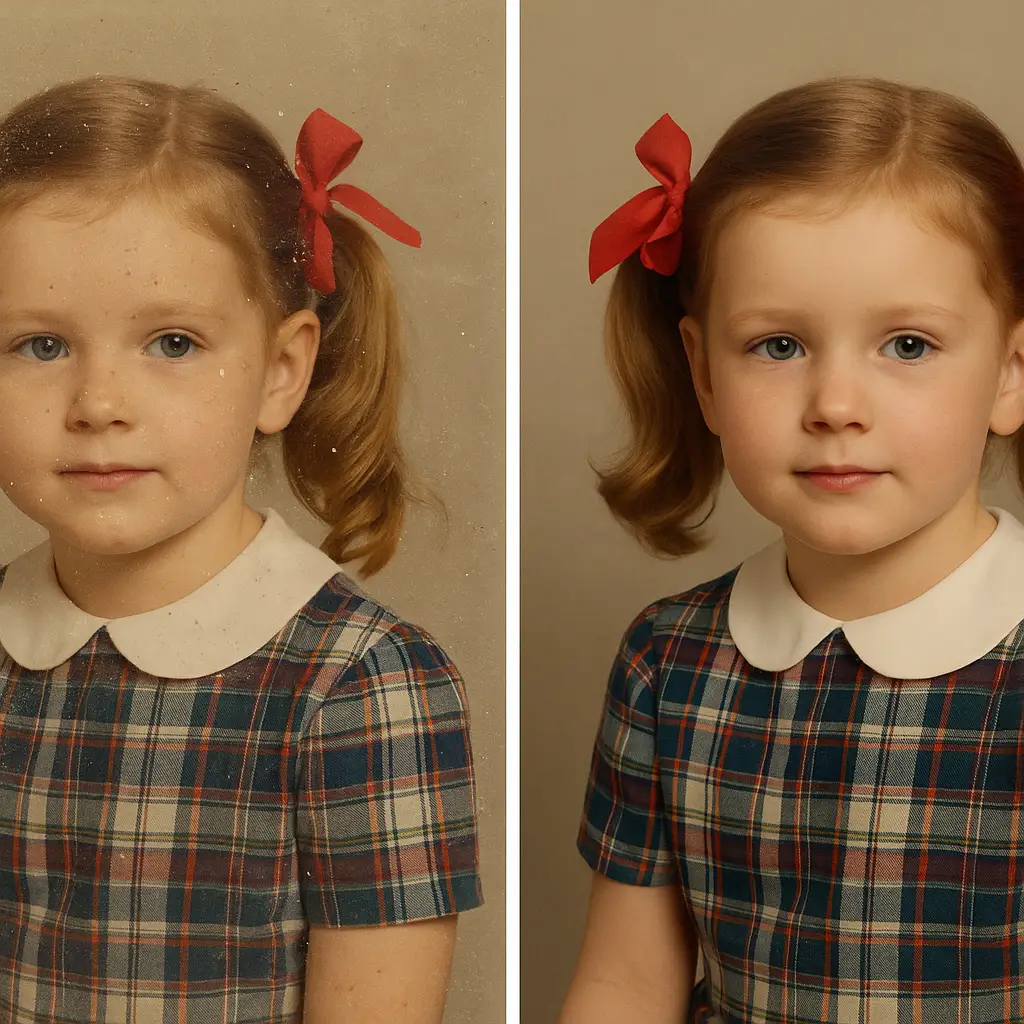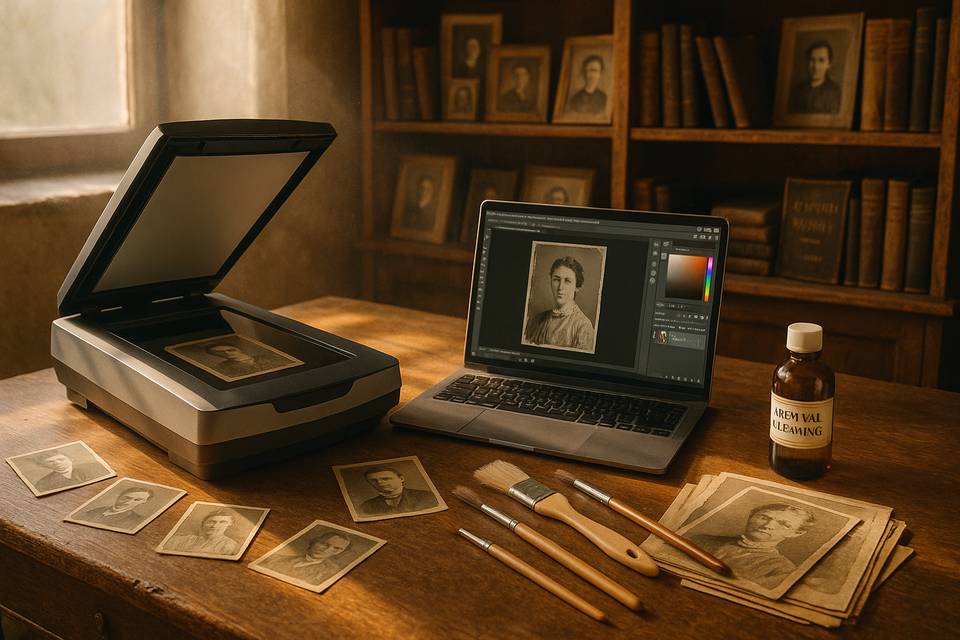Restoring historical photographs is a labor of love that combines art, science, and history. As we preserve the past, we breathe life back into precious memories, allowing future generations to experience them firsthand. In this blog post, we’ll explore 10 creative techniques employed by historians and conservators to restore historical photographs. Whether you’re an amateur photographer, a historian, or simply a lover of old photos, these techniques can help you appreciate and breathe new life into past treasures.
1. Digital Scanning
Before any restoration work can begin, it’s crucial to digitize the original photographs. Scanning at a high resolution ensures that you capture all the detail that might be necessary for restoration. Here’s a basic process for digital scanning:
- Choose the Right Scanner: Use a flatbed scanner for the best results.
- Clean the Photo: Gently clean the surface to remove dust.
- Scan in 16-bit Color: This will allow for a wider range of colors during editing.
- Save as TIFF or PNG: These formats retain quality better than JPEG.
2. Basic Restoration Techniques: Cropping and Straightening
Often, old photographs might not be perfectly aligned or might contain unwanted borders. Cropping and straightening help enhance the focus of the image. Simple steps include:
- Import the Digital Image into Editing Software: Use programs like Adobe Photoshop or GIMP.
- Use the Crop Tool: Trim unnecessary borders.
- Straighten the Image: Rotate slightly until horizons or edges are level.
3. Color Correction
Historical photographs may have faded colors due to age or exposure to light. By adjusting the color balance, you can restore a photograph's vibrancy:
- Adjust Brightness and Contrast: Improve clarity and depth.
- Use Color Balance/Levels: Tweak shadows, midtones, and highlights using tools in photo editing software.
- Correct Hue/Saturation: Restore true colors without making them look unnatural.
4. Dust and Scratch Removal
One of the most common problems with vintage photographs is dust and scratches. Here’s how to combat this issue:
- Use the Healing Brush Tool: This tool helps eliminate imperfections and blends the correction with the surrounding area.
- Advanced Techniques for Deep Scratches: If scratches are very deep, it might require creating a new layer and cloning from unblemished areas.
5. Sharpening Details
Time and environmental factors can cause blurriness in historical photographs. Employing sharpening techniques can significantly enhance the image:
- Use Unsharp Masking: This common feature in photo software increases contrast along the edges.
- Apply High Pass Filter: This method can be particularly effective if you’re looking for fine details.
6. Restoration of Damaged Edges
Frayed or torn edges can detract significantly from a photograph's overall aesthetic. Here’s how to fix it:
- Clone Stamp Tool: Duplicate nearby areas to cover damaged sections.
- Create Boundaries: Use feathering techniques to blend repairs seamlessly with the surrounding area.
7. Reconstructing Lost Portions
In some cases, portions of a photograph may be completely missing. For these situations, a reconstruction process is needed:
- Use AI Restoration Tools: Innovative applications like RestyleAI can fill in missing portions with smart algorithms.
- Recreate the Scene: Apply informed guesswork based on the surrounding image context and historical references.

8. Use Filters and Textures
Applying various filters and textures can help give historical photographs a more authentic look:
- Sepia Tone Filter: Give your photos a classic, warm feel.
- Add Film Grain: Subtle grain can enhance the vintage appearance.
9. Preserving Original Formats
Conservators often aim to maintain the original format of photographs, whether they're prints or negatives:
- Store in Controlled Environments: Use archival materials to protect original photographs.
- Avoid Direct Sunlight: Limit exposure to various forms of light that can cause fading.
10. Professional Assistance
Sometimes, the restoration process can be complex and require expert hands. Here’s when to consider seeking professional assistance:
- Complex Damages: If the photograph has extensive damage, like severe tears or fading.
- Creating High-Quality Prints: Professionals can provide top-notch digital prints and advice on how to enhance the photo further.
Conclusion
Restoring historical photographs is more than just a task—it's a way to safeguard our history and ensure that personal and collective memories can be cherished for generations to come. By utilizing these ten creative techniques, enthusiasts and professionals alike can enhance these images' details and emotional impact without losing their authenticity.
Call to Action
If you have old photographs that need care or want to enhance your digital images effortlessly, explore RestyleAI’s photo restoration tool to bring your memories back to life with just one click!
